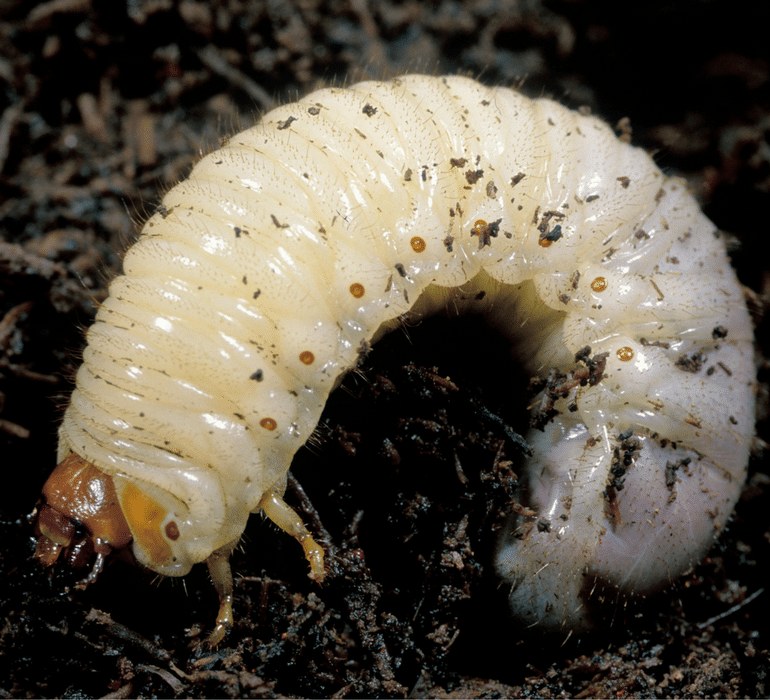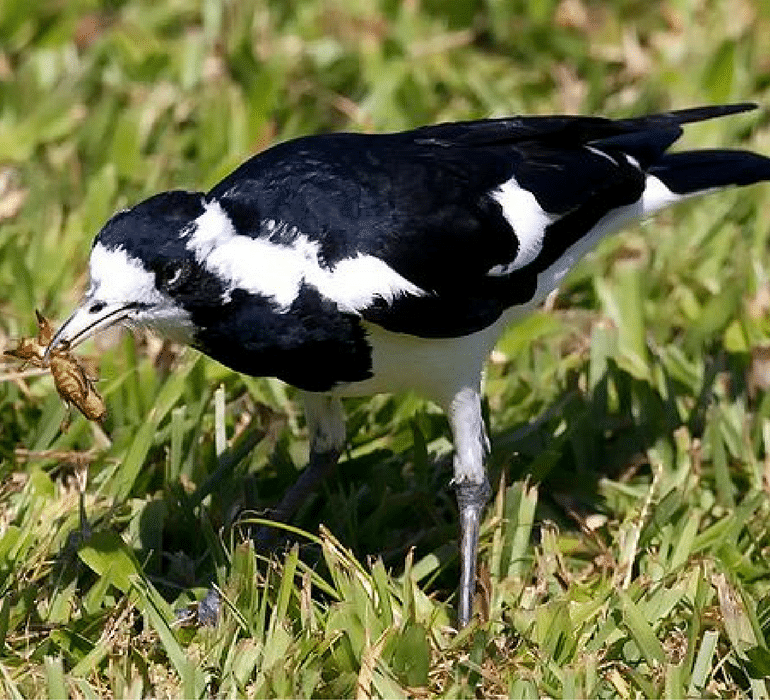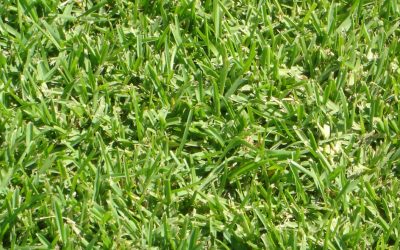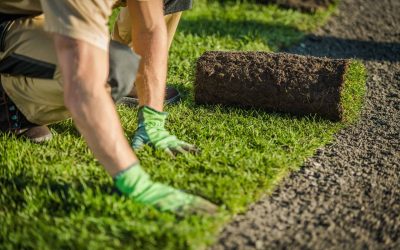Identifying Lawn Grubs in Your Lawn
Pest Control
Once they find a lawn they are happy with, they will lay huge clumps of eggs. These will hatch within 2 to 5 days becoming grub larvae, better known as caterpillars. It is this stage of the lifecycle that you will find the most damage is dealt to your lawn. They will chew through your lawn for about 18 to 24 days until they finally become pupae and then about a week later, moths.


So, what are the signs of lawn grubs?
- Increased bird activity on your lawn shows they’ve clued onto the increased amount of snacking opportunities on your lawn.
- Seeing greyish-brown moths flying around, especially at dusk, is a sure sign they are scoping out your lawn.
- Brown patches of lawn that can be easily lifted from the ground indicate that lawn grubs have chewed through the roots of that area.
- Or, a spongy lawn. A spongy lawn can also indicate thatch build up but it’s definitely worth checking a grub infestation isn’t the issue.

To control the lawn grubs that have made your lawn their home, you should use Lawn Lovers Grub Guard. It may take a while for the cycle to be broken but it will be worth it in the end. Choosing a product that will remain in the soil will help with this over time.

Recommended for you...
Sapphire vs Sir Walter Buffalo: Which One is Better
Creating a beautiful lawn requires careful planning on which type of grass to use. Let’s check the features of Sapphire and Sir Walter so that you can decide for yourself which of these two suits your needs.
Your #1 Guide to Turf Underlay
To give your new lawn the best chance to grow and thrive in your garden, it’s important to give it the foundations it needs with quality turf underlay.
How to Mow a Slope: Tips for Maintaining a Sloped Lawn
Steep slopes can be hazardous if not approached with care, but with the right knowledge and equipment, you can achieve excellent results.



